Corn Intolerance and Allergies: Causes, Symptoms, and Management


Related products
Corn Intolerance and Allergies: Causes, Symptoms, and Management
Introduction
Definition of corn intolerance and allergies
Corn intolerance and corn allergies are two distinct reactions to corn consumption. Corn intolerance typically results from the body's inability to digest or process corn, while corn allergies are caused by an overreaction of the immune system to proteins found in corn. In this article, we will explore the differences between corn intolerance and allergies, their causes, symptoms, and management strategies.
Prevalence and significance
Although corn intolerance and allergies are relatively rare compared to other food intolerances and allergies, they can still cause significant discomfort and health issues for affected individuals. According to the American College of Allergy, Asthma, and Immunology, corn allergy is relatively uncommon (source). However, it is essential to understand and manage these conditions to maintain good health and quality of life.
Nutritional aspects of corn
Corn is a popular staple food worldwide, providing essential nutrients such as fibre, vitamins, and minerals. However, for those with corn intolerance or allergies, consuming corn or corn-derived products can lead to adverse health effects.
Corn Intolerance: An Overview
Difference between corn intolerance and corn allergy
The primary difference between corn intolerance and corn allergy lies in the body's response to corn. Corn intolerance is a non-immune reaction, usually resulting from enzyme deficiencies or sensitivities to corn components. In contrast, corn allergies involve an immune system response to corn proteins, leading to the release of histamine and other inflammatory chemicals.
Causes of corn intolerance
Enzyme deficiencies
One possible cause of corn intolerance is the lack of enzymes needed to break down corn or its components. For example, some individuals may have difficulty digesting corn due to a deficiency in the enzyme amylase, responsible for breaking down complex carbohydrates into simple sugars.
Sensitivity to corn components
Sensitivity to specific corn components, such as cornstarch or corn syrup, can also contribute to corn intolerance. In these cases, the body may have difficulty processing these substances, leading to gastrointestinal symptoms and other adverse effects. If you’re unsure about what’s triggering your symptoms, a Food Intolerance Test can help you identify specific food intolerances, including corn. This test is designed to pinpoint common intolerances through a simple sample collection kit. To learn more about Allergies, read our comprehensive guide that covers: Allergies:, Types, Causes, Symptoms, Diagnosis, and Treatment options. If you are looking for treatments for hay fever or general allergens, then visit our extensive page with allergy and hayfever medication and tablets.
Symptoms of corn intolerance
Symptoms of corn intolerance can vary among individuals and may include:
Gastrointestinal symptoms
Common gastrointestinal symptoms associated with corn intolerance include bloating, gas, abdominal pain, diarrhoea, and constipation. These symptoms often occur due to the body's inability to properly digest and absorb corn or its components.
Skin reactions
Skin reactions, such as rashes, itching, and hives, may also occur in some individuals with corn intolerance. These reactions are typically caused by sensitivity to corn components and not an immune response, as seen in corn allergies.
Respiratory symptoms
Though less common, some individuals with corn intolerance may experience respiratory symptoms, such as wheezing, coughing, or shortness of breath. These symptoms can result from the body's sensitivity to corn components and are not indicative of an immune response. For broader testing that includes corn and other common irritants, the Premium Intolerance Test offers extended coverage, ideal for people with multiple or unexplained symptoms.
Corn Allergy: An Overview
Causes of corn allergy
Immune system response to corn proteins
Corn allergy occurs when the immune system mistakenly identifies corn proteins as harmful substances, leading to an allergic reaction. The body then produces immunoglobulin E (IgE) antibodies, which trigger the release of histamine and other inflammatory chemicals, causing allergy symptoms.
Genetic predisposition
There may be a genetic predisposition to developing corn allergy, as it is more common in individuals with a family history of allergies or other allergic conditions, such as asthma or eczema.
Symptoms of corn allergy
Corn allergy symptoms can range from mild to severe, depending on the individual and the severity of the allergic reaction:
Mild to moderate symptoms
Mild to moderate corn allergy symptoms may include itching or tingling in the mouth, hives or skin rash, nasal congestion, sneezing, and digestive issues such as nausea, vomiting, or diarrhoea.
Severe symptoms, including anaphylaxis
In rare cases, corn allergy can lead to anaphylaxis, a severe and potentially life-threatening allergic reaction. Symptoms of anaphylaxis include difficulty breathing, swelling of the throat or tongue, rapid or weak pulse, and a sudden drop in blood pressure. Anaphylaxis requires immediate medical attention. If you suspect an allergic reaction, the Allergy Testing kit can detect IgE responses to a variety of common allergens, including corn.
Cross-reactivity with other allergens
Corn allergy may be associated with cross-reactivity to other allergens, such as certain grains, legumes, and seeds. This means that individuals with a corn allergy may also experience allergic reactions to other foods containing similar proteins.
Risk Factors and Triggers for Corn Intolerance and Allergies
Genetic factors
As mentioned earlier, genetic factors may play a role in the development of corn intolerance and allergies. A family history of food allergies or other allergic conditions increases the risk of developing these conditions.
Environmental factors
Environmental factors, such as exposure to corn pollen or corn-derived products, may also contribute to the development of corn intolerance and allergies.
Previous exposure to allergens
Previous exposure to allergens, including corn proteins, can increase the risk of developing corn intolerance or allergy. This is particularly true for individuals with a genetic predisposition to allergic conditions.
Diagnosis and Testing for Corn Intolerance and Allergies
Medical history and physical examination
A thorough medical history and physical examination are crucial for diagnosing corn intolerance and allergies. During the consultation, a healthcare provider will assess symptoms, personal and family medical history, and potential exposure to corn and corn-derived products.
Elimination diet and food challenge for corn intolerance
An elimination diet, where corn and corn-derived products are removed from the individual's diet for a period, followed by a food challenge, can help diagnose corn intolerance. If symptoms improve during the elimination phase and worsen during the food challenge, a diagnosis of corn intolerance may be confirmed. The Food Intolerance Test is a useful starting point before an elimination diet, helping you screen for over 200 food and drink ingredients that could be contributing to symptoms.
Skin prick tests and blood tests for corn allergy
Skin prick allergy tests and blood tests can be used to diagnose corn allergy. In a skin prick test, a small amount of corn protein is applied to the skin, and any reaction is observed. Blood tests measure the levels of IgE antibodies in response to corn proteins. Both tests can help confirm a corn allergy diagnosis. The Combined Allergy and Intolerance Blood Test offers a dual-purpose diagnostic solution, ideal if you are unsure whether your symptoms are intolerance-based or allergy-related.
Management and Treatment of Corn Intolerance and Allergies
Avoidance of corn and corn-containing products
Reading food labels
The primary management strategy for both corn intolerance and allergies is the avoidance of corn and corn-containing products. It is essential to read food labels carefully, as corn-derived ingredients can be found in various foods under different names, such as cornstarch, corn syrup, dextrin, and maltodextrin.
Identifying hidden sources of corn
Corn can be present in many unexpected food items, including processed meats, salad dressings, sauces, and even some medications and supplements. It is essential to be vigilant about identifying hidden sources of corn and choosing alternative products when necessary. Explore the full range of diagnostic options with Welzo’s intolerance test collection, tailored to help you detect and manage food sensitivity issues like corn intolerance.
Medications for corn intolerance and allergies
Antihistamines
Antihistamines can help relieve mild to moderate symptoms of corn allergy by blocking the action of histamine, a chemical released during an allergic reaction. Antihistamines are available over-the-counter and can be taken as needed for symptom relief.
Epinephrine auto-injector
For individuals at risk of anaphylaxis due to a corn allergy, an epinephrine auto-injector (such as an EpiPen) is a critical emergency treatment. Epinephrine helps reverse the severe symptoms of anaphylaxis and should be administered at the first sign of a severe allergic reaction.
Corticosteroids
Corticosteroids, such as prednisone, may be prescribed for severe cases of corn allergy or to manage chronic symptoms associated with corn intolerance. These medications help reduce inflammation and can provide relief from symptoms. However, they should be used under the supervision of a healthcare professional, as they may have potential side effects.
Recognising the signs of anaphylaxis
It is crucial for individuals with a corn allergy to recognise the signs of anaphylaxis, such as difficulty breathing, swelling of the throat or tongue, rapid or weak pulse, and a sudden drop in blood pressure. Early recognition can help ensure timely intervention and prevent complications.
Seeking immediate medical assistance
In case of anaphylaxis, it is crucial to seek immediate medical assistance by calling emergency services or going to the nearest emergency department. Prompt treatment is essential for a successful outcome in an anaphylactic reaction.
Lifestyle modifications for corn intolerance and allergies
Communicating dietary restrictions to food providers
Individuals with corn intolerance or allergy should communicate their dietary restrictions to food providers, such as restaurants, caterers, and school cafeterias. This can help ensure that appropriate food options are available and reduce the risk of accidental exposure to corn.
Creating a supportive environment
Creating a supportive environment, both at home and outside, is crucial for managing corn intolerance and allergies. Educate family members, friends, and caregivers about the condition and its implications. Support groups, either in-person or online, can also provide valuable resources and emotional support for those living with corn intolerance or allergies.
Prevention Strategies for Corn Intolerance and Allergies
Dietary modifications
Although there is no guaranteed method to prevent corn intolerance and allergies, certain dietary modifications may help reduce the risk. Introducing a variety of foods early in life and maintaining a diverse diet can help promote a healthy immune system and potentially decrease the likelihood of developing food-related intolerances and allergies.
Allergen immunotherapy (for corn allergy)
Allergen immunotherapy, also known as allergy shots, is a treatment option for some types of allergies. However, at present, there is limited research on the effectiveness of allergen immunotherapy for corn allergy specifically. As more studies are conducted, this treatment option may become more accessible for individuals with corn allergies.
Ongoing research and future developments
Ongoing research in the field of food allergies and intolerances, including corn-related conditions, continues to provide new insights into the underlying causes, potential treatment options, and strategies for prevention. As our understanding of these conditions advances, more effective interventions may become available to help individuals manage their corn intolerance and allergies.
Conclusion
The importance of understanding and managing corn intolerance and allergies
Corn intolerance and allergies can have a significant impact on an individual's quality of life, making it essential to understand the causes, symptoms, and management strategies for these conditions. Proper education and awareness can help individuals make informed decisions about their diet, treatment options, and lifestyle modifications to minimise the risks and complications associated with corn intolerance and allergies.
The role of healthcare professionals, patients, and caregivers in successful management of corn-related conditions
Healthcare professionals, patients, and caregivers all play a vital role in the successful management of corn intolerance and allergies. Working together to identify triggers, develop individualised management plans, and provide ongoing support can help ensure that individuals with corn intolerance and allergies can live healthy and fulfilling lives.



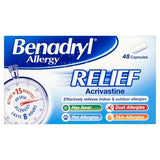
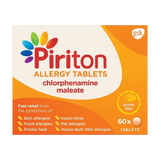


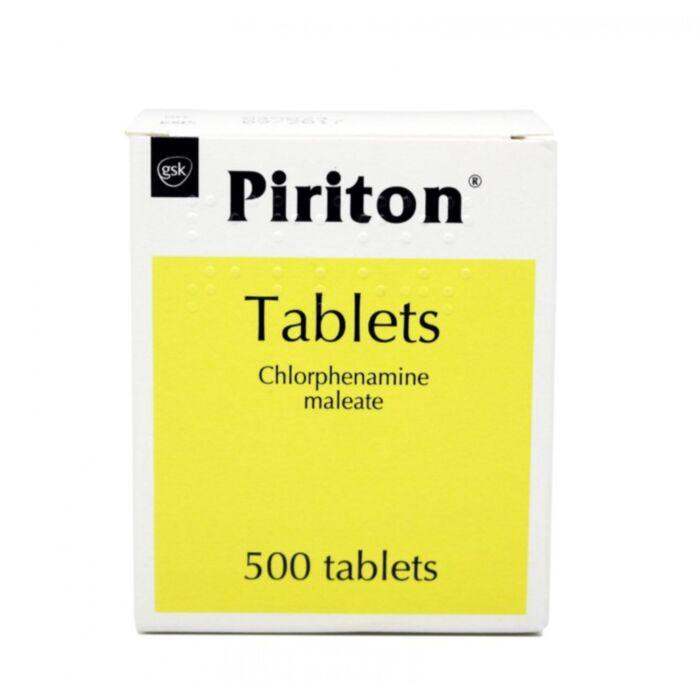
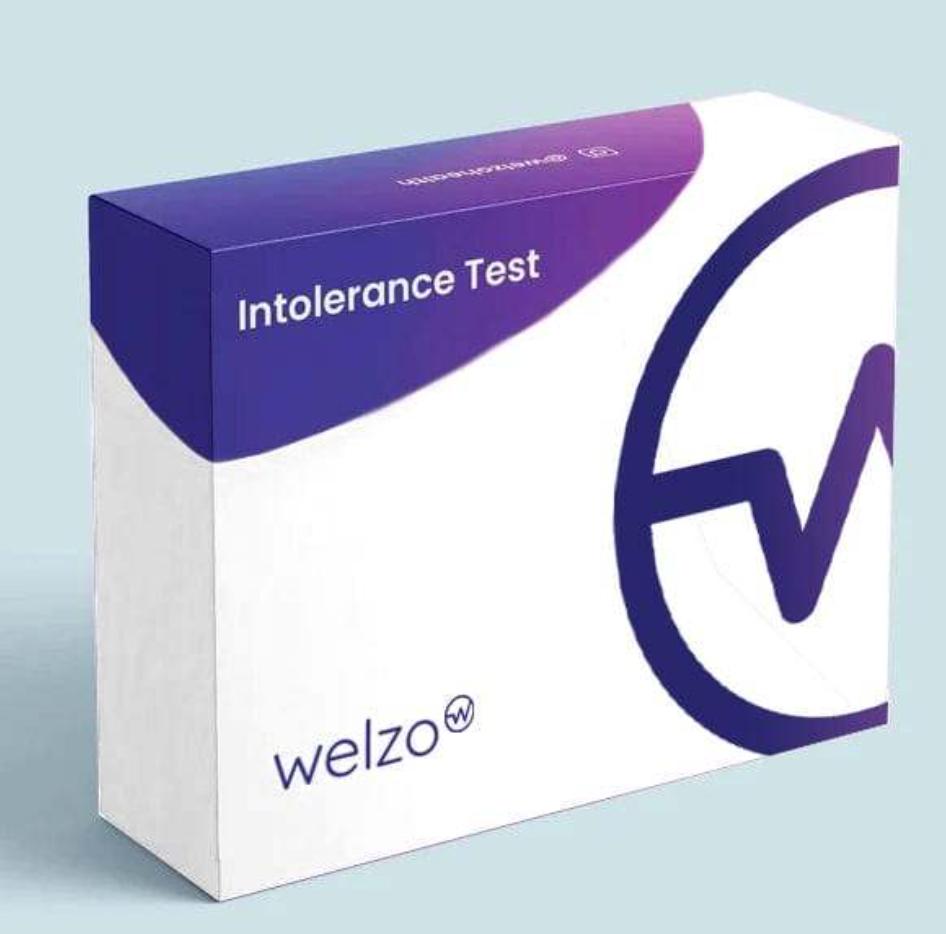



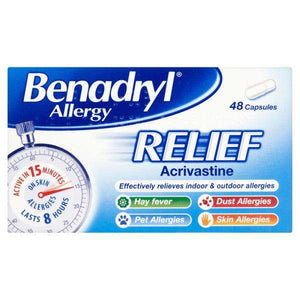
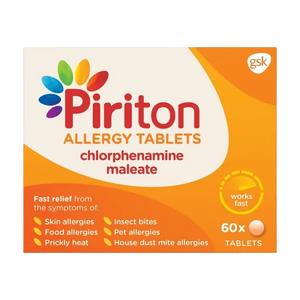
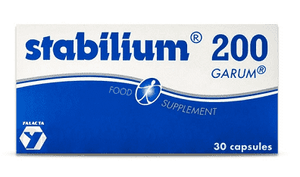



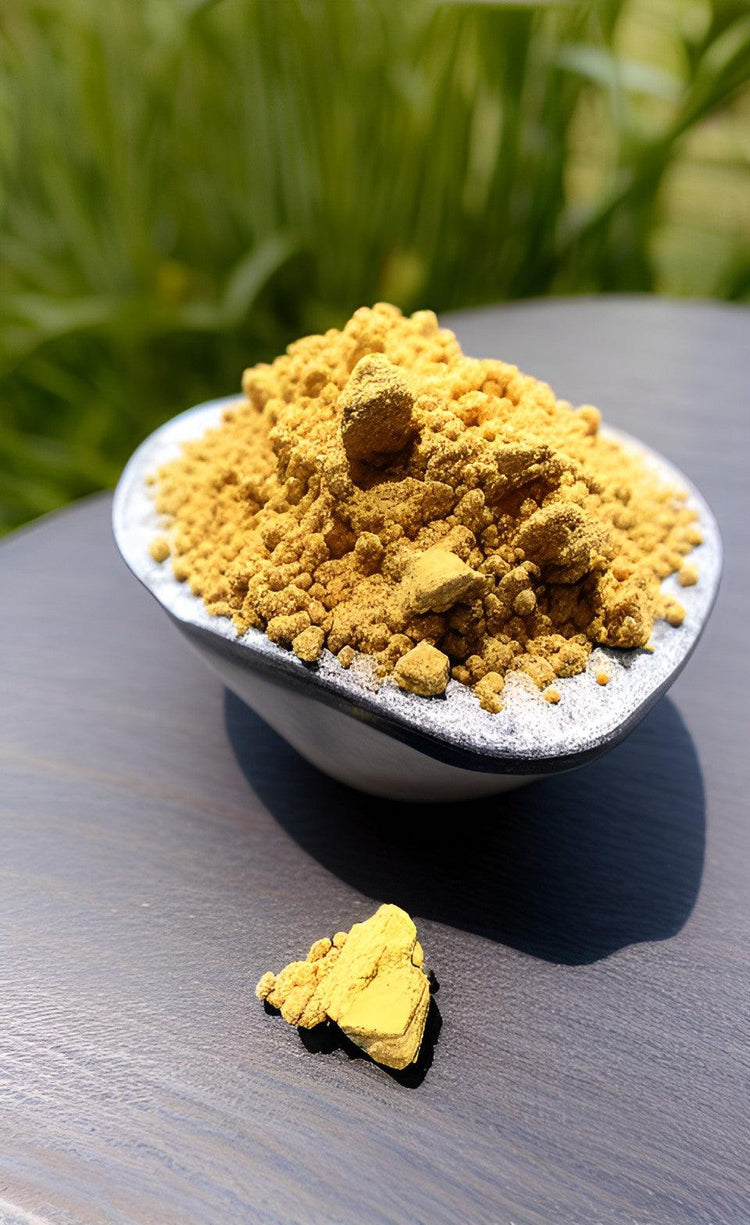


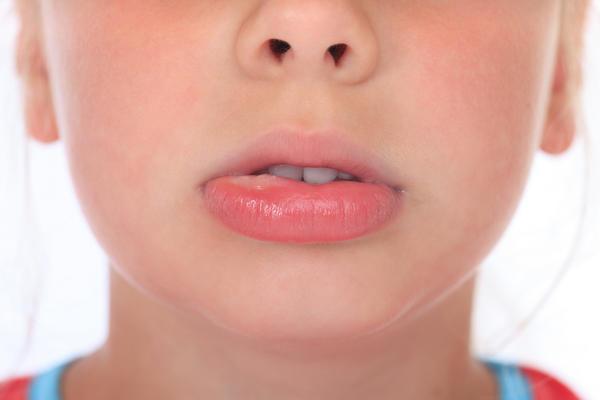


 Rated Excellent by 26,523+ Reviews
Rated Excellent by 26,523+ Reviews